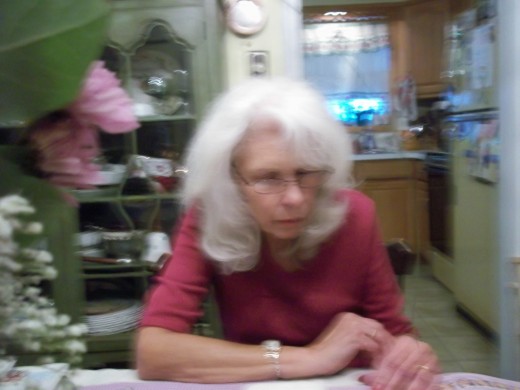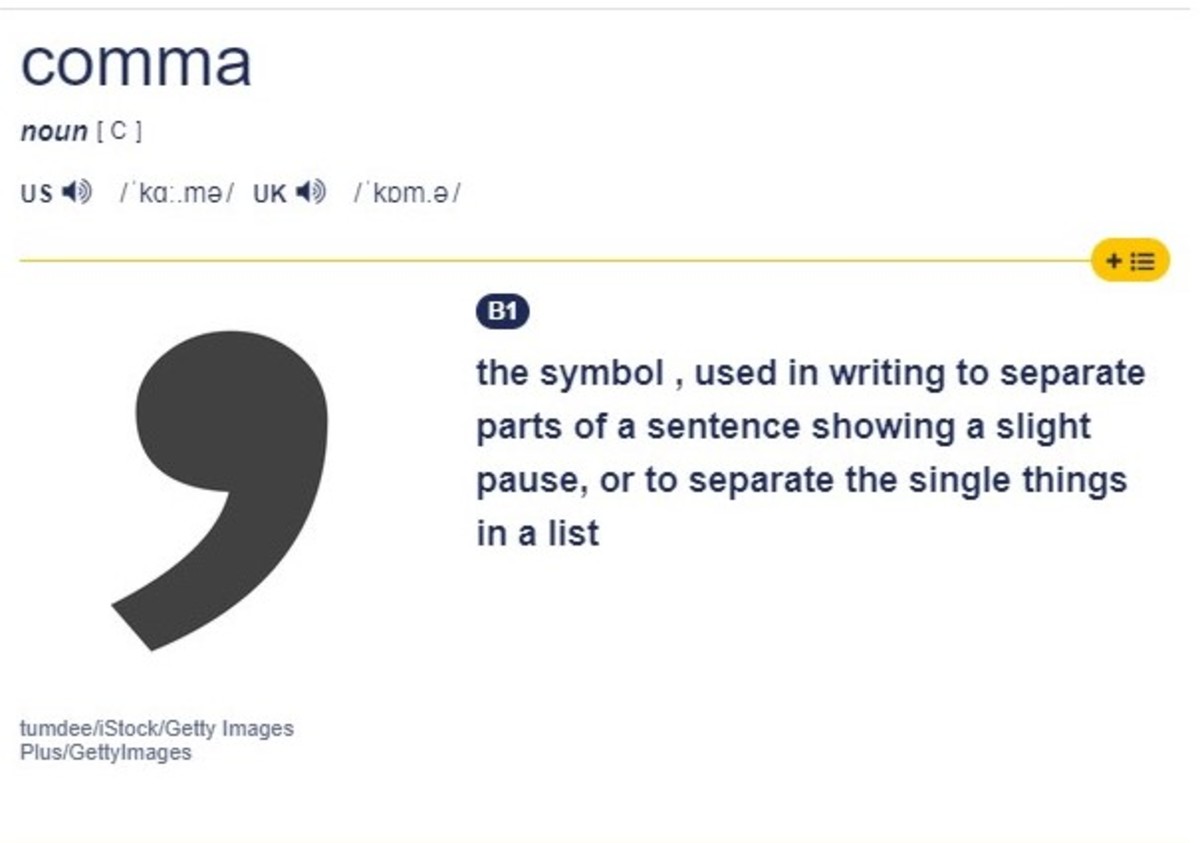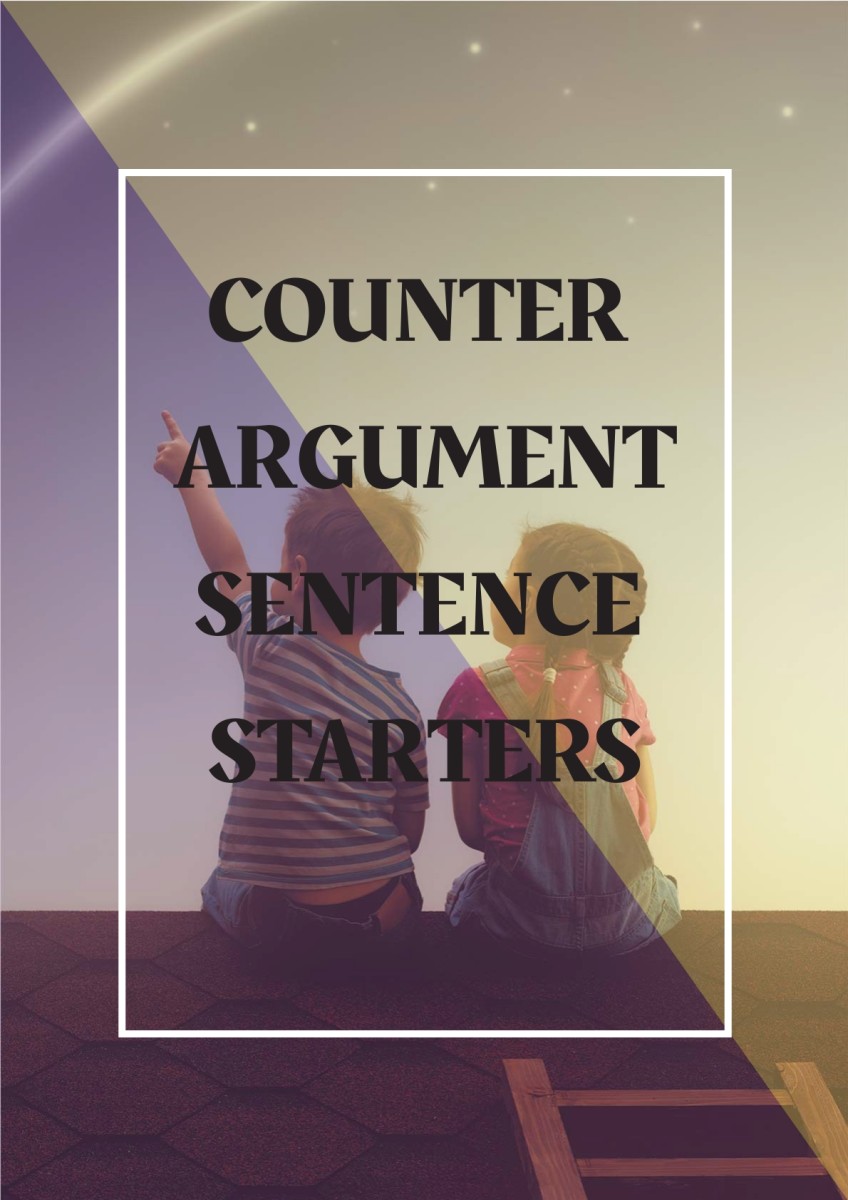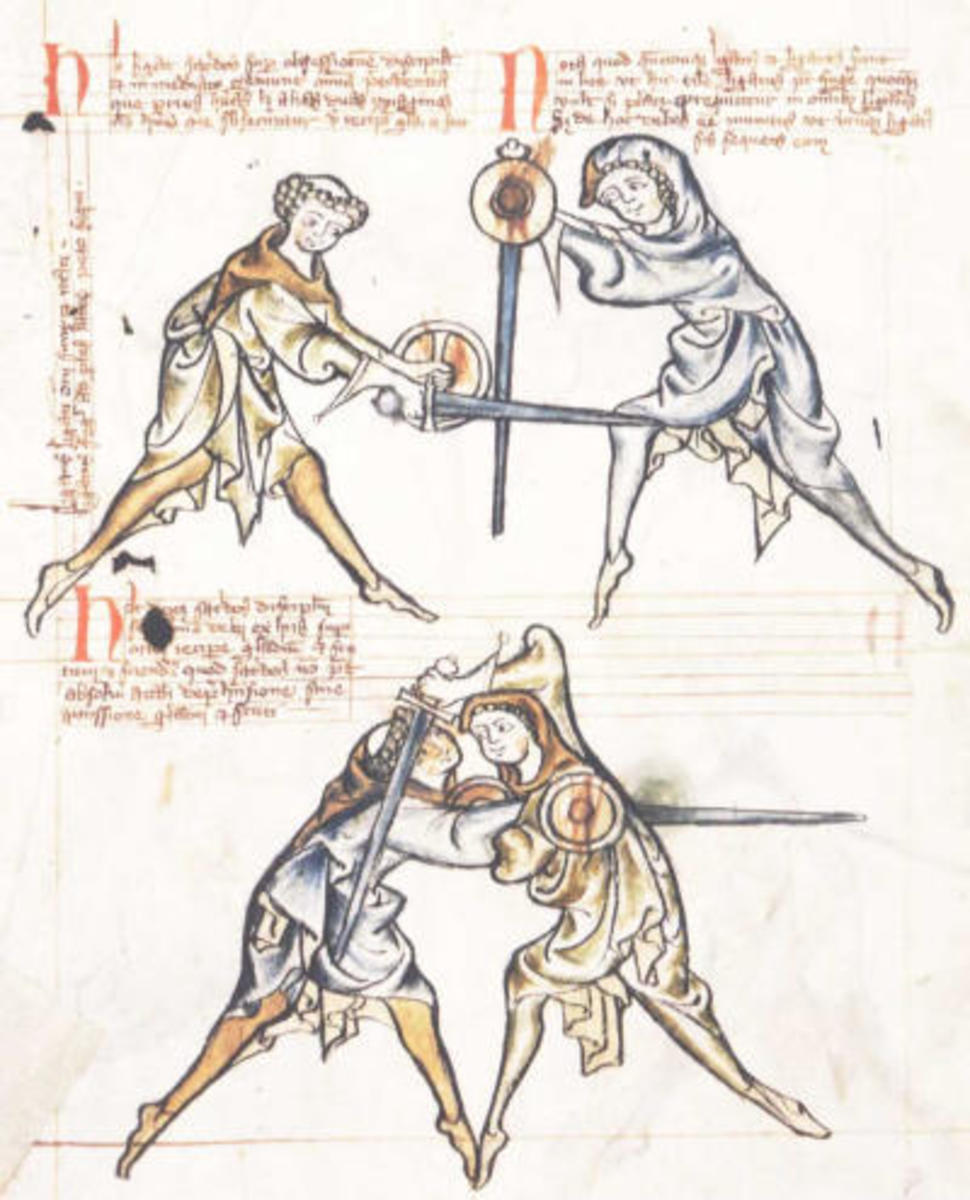Improve Your Writing With Correct Punctuation

There's something sad about a solid, well-written piece of writing that is laden with mechanical errors. In some cases, such as a resume, job application or college admissions essay, it could mean the difference between success and failure. Success doesn't have to be elusive, though,if you review a few simple rules and remember to proofread everything you write.
Coping With Commas
We all know that a period goes at the end of sentences that make a statement (declarative sentences), a question mark belongs at the end of questions (interrogative sentences), and an exclamation point comes at the end of a sentence showing strong feeling. What about other punctuation marks, like the comma? For one thing, It's not usually a good idea simply to use a comma "wherever it sounds right." ( Creative writing is one exception where the "sounds right" theory sometimes is acceptable.) Just remember the basic rules of comma usage, and you'll seldom make a mistake. For example, I'm sure you remember to use commas ina series ("The boys brought soda, chips, pretzels and nachos.") Whether or not you use one before the conjunction ("and") is up to you. Next, use a comma after introductory words or phrases and after transitions, such as "next", "then", "first", "on the other hand:” Also, use a comma to set off parenthetical expressions ( a parenthetical expression is a word or group of words that is not necessary to the sentence but adds a comment or extra information): " The directions, in other words, must be followed closely." Commas also are needed to set off appositives ( an appositive is a noun or group of words that comes directly after another noun and simply renames it: "My friend, the lawyer , is always busy." "Nathan, the boy next door , is in tenth grade." Another time a comma is needed is to set off nouns of direct address: Students , remember to bring your books tomorrow." " Remember, students , to bring your books tomorrow."
The next rule has suffered a lot of abuse by misuse: use a comma before a coordinating conjunction (and, but, or) only if you're listing a series of things, or if the sentence is a compound sentence ( each side of the conjunction has both a subject and a verb): "Martha is a fine singer, and she also loves to dance." DO NOT use a comma in a sentence like this: "The teacher was referring to me, and the rest of the class." In this case, a comma before the co-ordinating conjunction, "and" is not only unnecessary but also is incorrect. Finally, you only need a comma in a complex sentence ( a sentence with one independent clause and one dependent, or subordinate, clause) if the dependent clause comes first in the sentence: "If I had practiced more often, I might have won the competition." "I might have won the competition if I had practiced more often." NEVER USE A COMMA AFTER A CONJUNCTION OF ANY KIND (and, but, or, nor, for, so, yet, because, since, whether, if, etc.) NOTE: Before a direct quote, you may use either a comma or a colon, such as, " 'Twas brillig and the slithy toves did gyre and gimbel in the wabe." (from Lewis Carroll's "Jaberwocky") or: "Twas brillig and the slithy toves did gyre and gimbel in the wabe."
Cracking the Code: Colons and Semi-Colons
Yes, there are quite a few rules for using commas. This section, however, should be a bit easier, since there are far fewer rules for colon and semi-colon usage. One example of when a semi-colon is appropriate is when you list a series of items that are not single words: " The young man ordered a hog dog with mustard, onions, and relish; French fries with cheese and extra salt; and nachos with hot peppers, salsa, and chile." The only other time that a semi-colon is appropriate is when two complete sentences are so closely related that you don't want to separate them with a period, but you feel that each independent clause is too important to be connected with a comma and a co-ordinating conjunction : "The tsunami seemed to appear out of nowhere; everything in its path was destroyed." In other words, the semi-colon is a more sophisticated way to punctuate a compound sentence.
Rules for colons are even easier to remember, since there basically are only two. The first is to explain or give details about a statement: "This is what you will need for the experiment: a bunsen burner, a protractor, and a petri dish." "You need to know this about punctuation: it's not all that difficult to master." The other rule, as mentioned above, is one with which most people are familiar: you must use either a comma or a colon before a direct quote.
Managing Other Marks of Punctuation
You may be wondering if there are any other situations that require quotation marks. Actually, you need to use them to set off the titles of short written works: poems, short stories, and magazine articles. Also, use them with the names of ships and slang expressions. (If you're using a computer, of course, you may use italics.) The titles of longer works, such as movies, magazines, and books should be underlined. How do you go about punctuating a quote within a quote? Use single quotes within standard quotation marks: I asked him, "Do you want to see what Karen calls 'a great movie'?"
The final punctuation mark that remains is the apostrophe, which can be problematic. Probably the usage with which most people are familiar is with contractions : "This isn't mine." (NOTE: The word "mine" never uses an apostrophe or an 's to show possession.) An apostrophe also is used to show possession : "John's book is on the table." Never use an apostrophe with personal pronouns, (something like “her’s” or “hers’ ” is just horrendous) and use just an apostrophe when a plural noun already ends in -s (the boys' books). Use an apostrophe -s when a plural noun does not end in -s (the men's wallets). Some singular nouns that end in -s need only an apostrophe (Jonas' book). Finally, use an apostrophe with plural numbers that are spelled out (There are ten five's in the equation); letters (count all the r's in this sentence); and signs or symbols (His +'s, -'s, and x's are illegible).
Punctuating Perfectly
The first time you review all those rules can be overwhelming, but once you become familiar with them, using punctuation correctly should be no problem. In fact, once you master these rules, you’ll find that your writing will be much improved. You’ll also have more time to concentrate on content rather than worry about pesky punctuation foibles. Look at it this way: punctuation is a tool towards perfection, not an end in itself.








